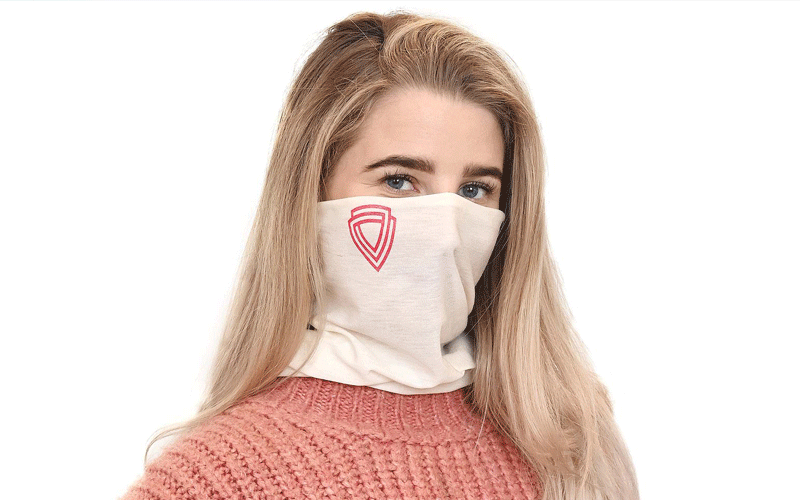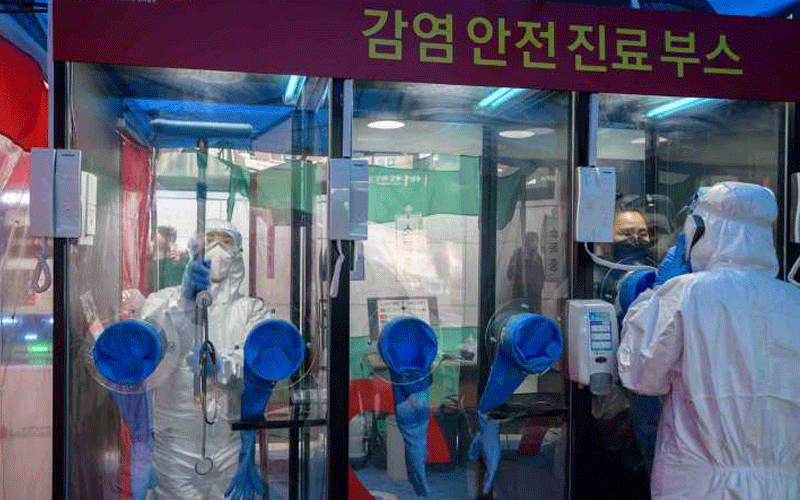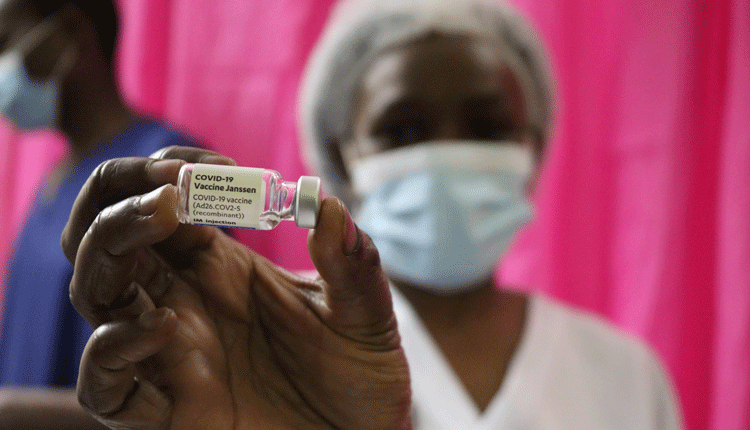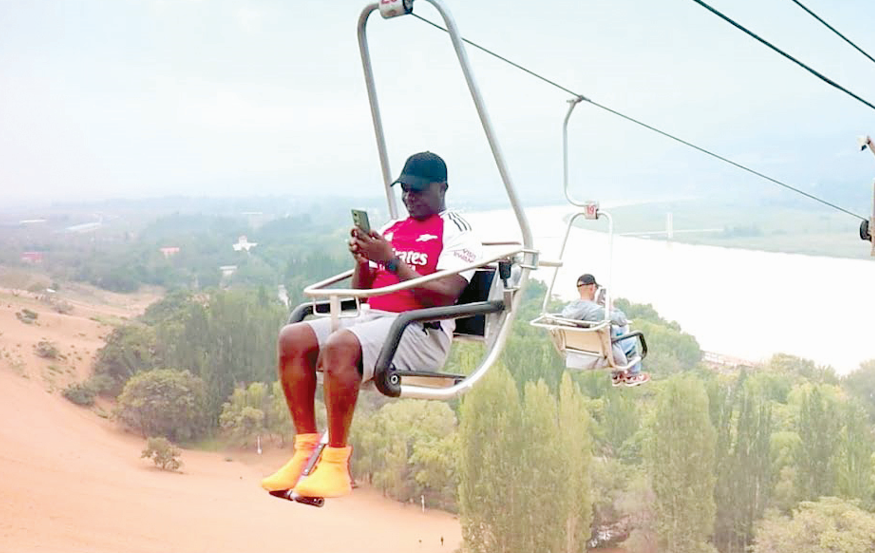Inventions spawned by battle against Covid-19 pandemic

As the saying goes ‘necessity is the mother of invention’, so has the coronavirus pandemic propelled an urgent need for creativity and innovation as safeguard from the contagion. The last few months we have seen a wave of ingenuity unleashed, with innovators and high-tech manufacturers scrambling to develop tools and devices to combat Covid-19 spread. Here are just some of the newest inventions.
Hands-free door openers
People can look forward to several hygiene-friendly door-hook as the need to touch door handles with sanitised hands reduces.
This seems to be more than ever important after epidemiologists estimate the coronavirus can live on surfaces like stainless steel for three days.
And hands-free door openers can be life-saving, especially in hospitals where frontline staff comes in direct contact with infected patients daily.
Some door-opening devices already in the market include hygienehook, by London-based designer Steve Brooks.
It is small enough to fit in a pocket and made from easy-to-clean non-porous material. Welshman Wyn Griffiths has also designed a door opener that clips onto door handles and can be operated using the forearm. It can be printed online for free.
Ventilator that kill COVID-19 virus
Developed by Dr Rhys Thomas of Glangwili Hospital in Carmarthen, Wales, this is a simple and robust basic ventilator designed to help patients breathe, and to kill the novel coronavirus.
Although it won’t replace an ICU ventilator, a majority of patients won’t need intensive care if they are treated with this ventilator first.
The machine has the ability to clean the room of viral particles and only supply purified air to the patient. The patients can self-care, releasing specialist nurses for other duties.
Mechanical ventilators
This seems to be the best invention ever. Locally we have seen companies and institutions such as Toyota Kenya, Kenya hydraulics Limited and Kenyatta University, among others, coming up with mechanical ventilators.

These homegrown ventilators will help treat patients severely affected by the coronavirus.
Mechanical ventilators take over the body’s breathing process. This is normally caused by failure in the normal performance of lungs.
Local test kit
The World Health Organization (WHO) recently commended laboratory technologists at the Kenya Medical Research Institute for developing local testing kit for Covid-19.
The automated modern kits can test up to 35,000 samples in 24 hours. Kenya’s testing capacity is currently at an average of 600 tests per day.
Wristband that vibrates if you touch your face
Not touching your eyes, nose, and mouth is one of the recommendations to fight Coronavirus spread, but this is an uphill task to many.
It is against this background that innovators Slightly Robot designed a wristband, Immutouch, which vibrates when you touch your face.
Its accelerometer senses your hand movement 10 times per second. Based on calibrations it takes when you set it up, the wristwatch buzzes when you touch or come close to touching your eyes, nose, or mouth. A companion app helps you track your progress.
Anti-virus snood
Since most people who have tested positive for coronavirus can’t wear existing masks because of issues with breathability, Manchester biochemists have developed a snood mask with germ trap technology, which traps 96 per cent of “enveloped influenza viruses.
According to inventor Paul Hope, the snood is more breathable and flexible than a conventional mask, meaning patients can also wear them.
Such masks hope to reduce spread of the virus within hospitals. They are designed to mould your face rather than covering your nose and mouth only.
Fever-finding smart helmet
Chinese tech firm KC Wearable a Shenzhen-based company has developed a smart helmet that can detect people with a fever up to five meters away, sounding an alarm when anyone with a high temperature comes close.
The headset, already in use in Shenzhen, Chengdu, and Shanghai, features an infrared temperature detector, an augmented-reality visor, a camera that can read QR codes, plus wifi, Bluetooth and 5G, so it can beam data to the nearest hospital.
Equipped with facial recognition technology, the helmet can also display the subject’s name on the AR visor, as well as their medical history.
According to the developer, it would only take officers two minutes to scan a queue of more than 100 people with the help of the helmets, while one big hospital would only need 10 such helmets to cover every corner of its site.
Coronavirus testing booths
The phone box-like cubicles developed in South Korea use a negative air pressure to prevent harmful particles from escaping outside.
Each patient steps into the booth for a rapid consultation via an intercom, while samples can be safely taken by swabbing their nose and throat using arm-length rubber gloves built into the panel.
The whole process takes about seven minutes and the booth is then disinfected and ventilated.
Corona 100m app
This is another invention from South Korea. The app alerts users when they come within 100 metres of a location visited by an infected person.
It also allows people to see the date a coronavirus patient was confirmed to have the disease, along with that patient’s nationality, gender, age, and the places the patient visited. Launched on February 11, the app had a million downloads in its first 17 days.
Virus-fighting drones
China, the world leader in drone manufacturing, has repurposed its agricultural drones to make them fight coronavirus.
The mini choppers have been repurposed and are currently being used to detect fever in crowds, disinfecting public spaces, delivering supplies to far-flung locations as well as to deliver test samples, dramatically cutting journey times.















